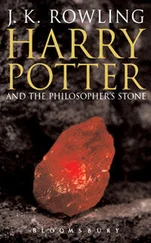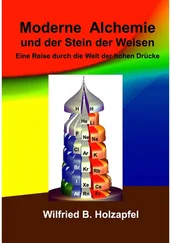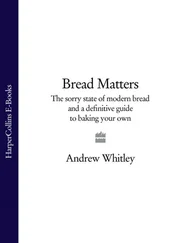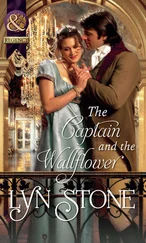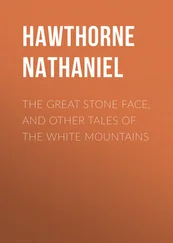That was too much for Helen. “Wait a minute,” she interjected. “Didn’t you say that the philosophy underlying the architecture was based upon alchemy? Marie and I have been reading up on alchemy so that we would have a better chance of understanding what you are doing. I don’t get the connection.”
“Yes, I did use the word alchemy , modified by the adjective ‘modern’ – modern alchemy, I said. I hope I have not misled you too much. What have you learned about alchemy since I first met you?”
Marie took this opportunity to jump into the conversation. “We learned that unlike the many elements you have in your model, the ancients recognized only four elements, Earth, Air, Fire, and Water. Their sculpture would have been a lot easier to carve,” she grinned.
“I suppose so,” the professor agreed. “Actually, those four terms referred more to the fundamental characteristics of matter than to the basic chemicals we think of today. But it is true that the ancients thought of all physical materials as being composed of a combination of these four primary components. Have you seen any representation of an alchemist’s Table of the Elements?”
“I have one here in my phone.” Marie reached into a pouch on her book bag and extracted the device. “How about this one?” She showed him the simplest of the pictures she had downloaded. ( Figure 4) “I found it at the AlchemyWebsite,” she said.
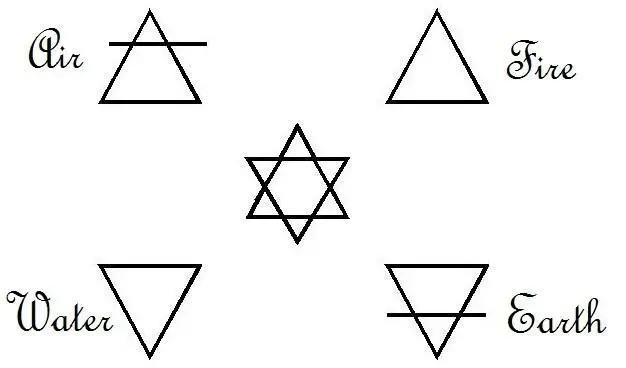
Figure 4. The four elements of the ancient Greeks, plus the symbol for Materia Prima.
“Very good!” the professor said approvingly. “In the symbolic language of the ancient Greeks, equilateral triangles had a very special meaning. The upright triangle was a symbol for male and for fire, the inverted triangle was used to represent the female "Triangle of Venus" and as a symbol of water. Both triangles superimposed result in the six-pointed star as a perfect union of these contrasting elements. This star was also viewed as a symbol of the original heavenly matter, the “ Prima Materia.” If this symmetrical star enters our world, it breaks down into its earthly fragments, into the two pairs of opposites; into fire and water on the one hand and into air and earth on the other. The last two elements are shown here as triangles traversed by a horizontal line.
“These symbols appear again and again in the world of alchemists. Other characters appear frequently that reveal much about the state of physical science at that time. A somewhat more complete view of this state appears as the frontispiece to a summary of scientific knowledge attributed to a 15th century German alchemist with the Latin name Basilius Valentinus. The work itself appears to have been a translation into German of an old Latin chemical treatise by Trithemii de Sponheim from the year 1482.”
“I think that I may have downloaded that figure!” exclaimed Marie as she stroked the face of her smart phone. “Is this it?” ( Figure 5)
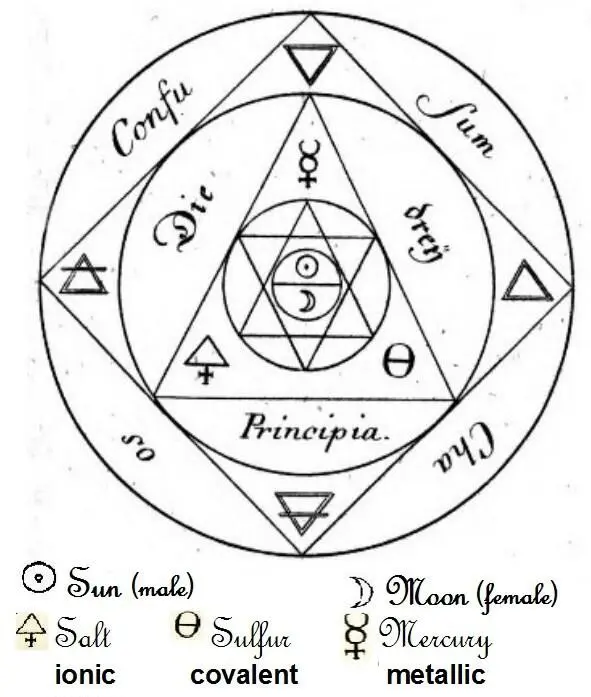
Figure 5. The World of the alchemists from Basilius Valentinus
“That’s it!” beamed the professor. “You can see how the symbols for male and female, the sun and the moon, have been inserted into the overlapping triangles in the center of the figure. There is also a larger triangle around the central one that contains the symbols for salt, sulfur and mercury.”
“What are these words around the outside the triangle that includes the large triangle,” Helen wanted to know. “Are those Latin words? I recognize the word Principia , meaning principles .”
“Actually, the other two are German words that complete the phrase, Die drei Principia, as we would write it today. It refers to the three principles that describe the way that naturally occurring materials have been formed. Salt, sulfur and mercury are examples of those principles. I see that someone has added the characterizations of the most common chemical bonds that we understand today. Was that you, Marie?”
“Oh no,” Marie protested. “They were already there when I downloaded the figure from some website that I had found.”
“Whoever that was might also been thinking of the connections between ancient and modern alchemy.” The professor glanced back at Helen. “Are you familiar with the differences between these three kinds of chemical bond and the way that these three substances exemplify them?”
“I am,” Helen assured him. “I took an advanced chemistry course in high school.”
The professor expressed his surprise at this. “I would say that was quite practical for a future student of Philosophy.”
“It got me out of having to take a laboratory science here next year. Besides, I also want to prepare for a minor in secondary education and I figured it could come in handy.” Helen changed the subject. “While we are on the subject of Philosophy, it seems to me that this figure emphasizes the exoteric part of alchemy. Will your sculpture contain something of the esoteric part? Will it also represent some of the more spiritual ideas of the alchemists that have remained with us through the years?”
The professor thought for a moment about Helen’s questions. “Certainly my research has centered on laboratory research and the scientific method,” he said. “But now that you mention it, the sculpture does have the form of spire. It has the appearance of a kind of ‘stairway to the stars,’ as the saying goes. You might say that it points to the sky, or the heavens, or to the infinity of space beyond them. Certainly, I have intended for it to be artistic, uplifting and inspirational to young people such as you and Marie. Perhaps there is more to this shape than I had originally intended.”
Helen seemed satisfied with this response for the time being. She returned to the diagram on Marie’s smart phone. “What are these words just inside the outer edge of the figure?” She read clockwise, pronouncing each word distinctly and deliberately: “ Sum , Cha , Os , and Confu . I recognize the Latin words for I am and bone . Does Cha mean tea in Latin like it does in Chinese? I am tea and bone ? Basilius Valentinus might have been familiar with Chinese tea, but I doubt that he could have anticipated the recent CONFU or Conference on Fair Use of the internet that would take place hundreds of years later.”
The professor laughed. “Let me help you out,” he said. “Suppose I group the four words into two – as in Confusum Chaos .” Does this suggest anything to you?”
“ Chaotic confusion ?” Helen ventured. “Perhaps something like random things fused together?”
The professor nodded. “That sounds about right. It refers to the formless matter that existed before the universe assumed the form that we recognize today, the surrounding chaos”
“Before the Big Bang!” Marie exclaimed.
“Let’s say ‘just after the Big Bang,’ according to more modern theories.” The professor went on to explain. “Actually, one way to read the illustration is to start at the outside and proceed toward the center. Out of formless matter, the universe became organized into four basic elements which combined according to three basic principles into the perfect union between woman and man.”
Helen and Marie looked at each other and giggled. Not much about the union between woman and man was perfect in the movies and TV shows they had seen. Presumably that was also true in the Middle Ages. But then, it was the goal of the two entwined paths of alchemy to achieve perfection. The big question was how to get there. Is that what the professor’s stairway to the stars supposed to show: a spiraling path to perfection?
Читать дальше



